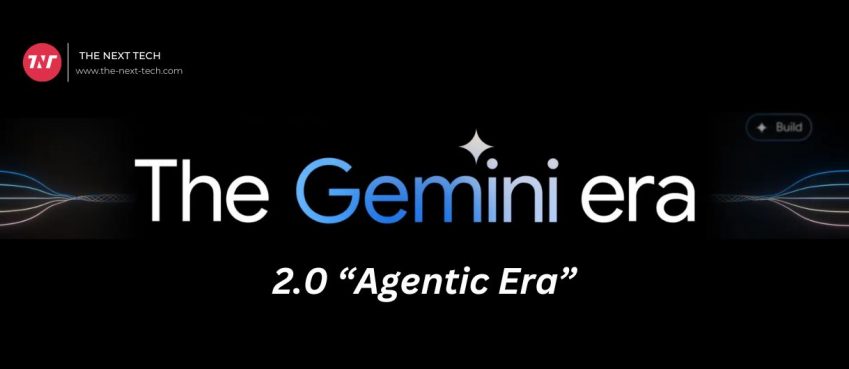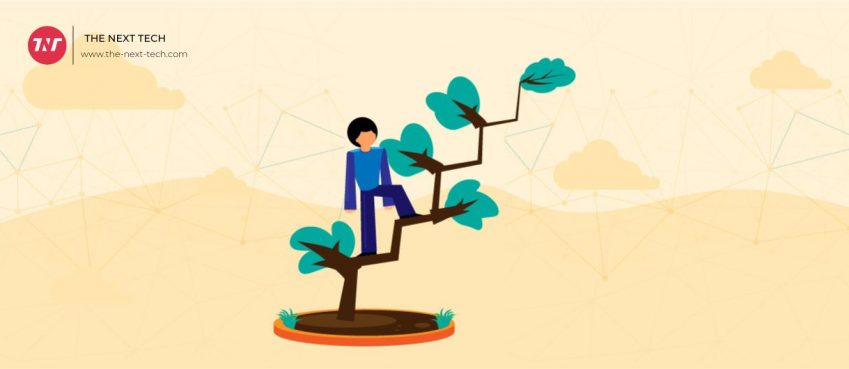
Edge AI applications and solutions range from smartwatches and production lines to logistics and smart buildings and cities to smart cities and smart buildings. Because of its ease and variety of applications, edge AI is a popular choice for many organizations.
10 Best Edge AI Trends and Predictions for Future
These are the top 10 trends in edge AI that will be prevalent in 2022.
1. Edge Management is now an IT Focus
Although edge computing has become a necessity for many businesses, deployments are still in their early stages. IT departments will be responsible for edge AI management to move from development to production.
IT departments will use cloud-native technology to address edge computing issues such as security, manageability, and scale.
Also read: Top 10 Successful SaaS Companies Of All Times
2. Expansion to AI Use Cases at Edge
The edge of AI deployments has been dominated by computer vision. Image recognition was the first to use image recognition in AI training.
This resulted in a strong ecosystem of computer vision applications. NVIDIA Metropolis is an application framework and set o developer tools that allow you to create computer vision AI applications. It has now grown 100-fold to include more than 1,000 members.
3. Convergence between AI and Industrial IoT Solutions
Another space that is being driven by AI applications is the intelligent factory. Factories can add AI applications to cameras and other sensors that allow for inspection and predictive maintenance. But detection is only the first step.
Once an issue has been identified, it is time to take action. AI applications can detect anomalies and defects and alert humans to correct them.
For safety applications or other situations where immediate action is needed, the AI inference app can be connected to the IoT platforms, which manage the pick-and-place machines, robotic arms, and assembly lines. Custom development is required to integrate these applications.
Expect more partnerships between AI platforms and IoT management platforms, which will make it easier to adopt edge AI in industrial settings.
Also read: How to choose The Perfect Domain Name
4. Growth in Enterprise Adoption AI-on-5G
AI-on-5G is a combined computing infrastructure that combines sensors, computing platforms, and AI applications.
It provides high-performance, secure connectivity to allow integration of sensors, computing platforms, and AI applications in the field, in the cloud, and on-premises. The key benefits include extremely low latency in non-wired environments and guaranteed quality of service.
5. AI Lifecycle Management From Cloud to Edge
MLOps are key for organizations that deploy edge AI. They will help drive data flow to and from the edge. MLOps are key to ensuring that edge AI is able to access new data and insights, train models and test them before deploying them to the edge.
This improves the accuracy of the model and the results. While updates can be made on an annual or quarterly basis for traditional software, AI benefits from continuous updates.
Also read: Top 10 Internet Providers In The World | List Of Fastest ISP Providers
6. Edge Data Centers Have an increase in
The rise in global edge data centers is one of the most important Edge AI trends for 2022. Edge AI predicts that there will be more than five million servers deployed at the edge of the world by 2024.
The 5G network, IoT proliferation, and data gap will all increase the number of edge data centers. Because of its low latency and the availability of data storage close to the end-user, the demand is greater.
7. Technology for High Presence VR Services with Edge Computing Resources
From the user terminal service to the display of 3D videos, the process sequence must be completed within milliseconds. This is necessary to avoid VR sickness when VR applications produce 3D video in real time. Edge computing is capable of providing high-quality, low-latency VR.
Also read: Best 10 Email Marketing Tools in 2021
8. Digital Ads for Change from Home Ads Forever
Although we don’t like to see endless advertisements, it is more appealing when they are for good. Edge computing, which is based on real-time targeting data will enable a programmatic Digital Home marketplace (DOOH).
This allows the advertising ecosystem to connect to deliver advertisements. AI allows advertisers to be smarter by segmenting the audience’s demographics, sentiment, and location in front of the camera. The most popular edge computing trend of 2020 is the change of ads.
9. EdgeOps
The edge computing transition would simplify client processes from development to implementation at edge. Edge ops are the name of this process.
Developers of all levels will be able to make the most of the edge’s power and improve their existing applications. This creates a new category of native edge applications.
Also read: Top 7 Industrial Robotics Companies in the world
10. Digital Twin
Digital twin computing is a method that allows for the creation of digital twins between humans and things. It can be used in many industries to perform computations in any combination.
The digital twin requires high bandwidth and thousands of sensors to relay data. The digital twin can transmit smaller amounts of data, and edge computing will perform some of the processing on-site.
Top 10 News
-
01
10 Exciting iPhone 16 Features You Can Try Right Now
Tuesday November 19, 2024
-
02
10 Best Anatomy Apps For Physiologist Beginners
Tuesday November 12, 2024
-
03
Top 10 Websites And Apps Like Thumbtack
Tuesday November 5, 2024
-
04
Top 10 Sites Like Omegle That Offer Random Video Chat
Monday October 21, 2024
-
05
Entrepreneurial Ideas To Make 5K In A Month (10 Realistic Wa...
Monday October 7, 2024
-
06
[10 Best] Cash Advance Apps Like Moneylion And Dave (No Cred...
Friday September 20, 2024
-
07
Top 10 Richest Person In The World
Tuesday August 27, 2024
-
08
Top 10 Unicorn Startups In The World (2024-25)
Monday August 26, 2024
-
09
Top 10 IT Companies In The World By Market Cap
Thursday August 22, 2024
-
10
[10 New] Best OnionPlay Alternatives To Stream TV Shows And ...
Tuesday June 11, 2024







